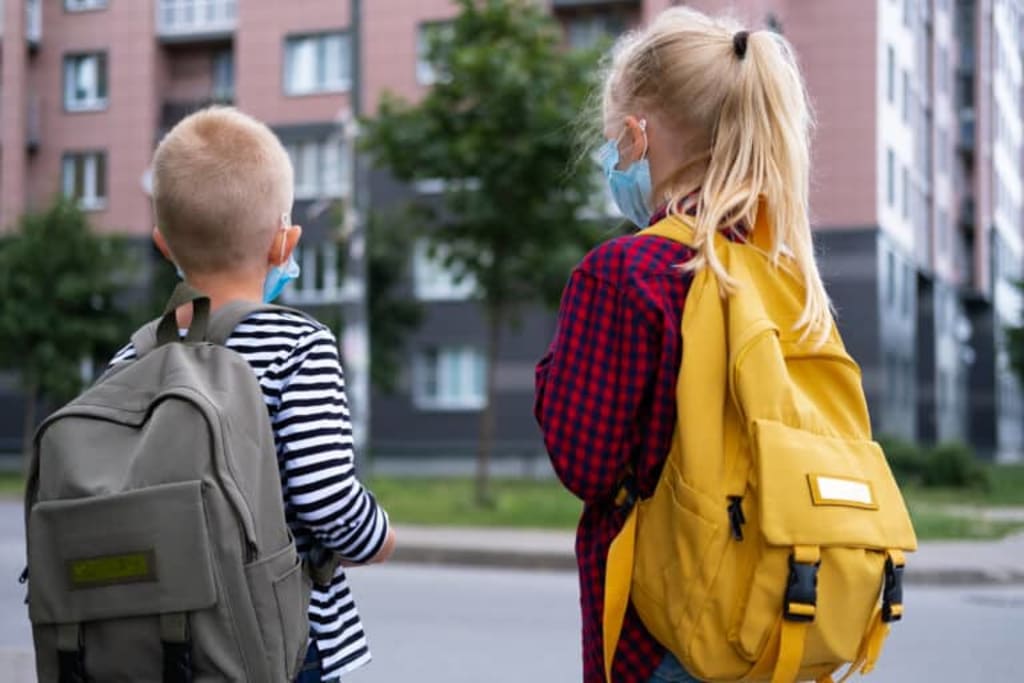How to Improve Safety and Security in Schools?
Importance of School Safety and Security

Ensuring the safety and security of students, teachers, and staff in schools is paramount. Schools are meant to be places of learning and growth, yet they face numerous safety challenges that can impede these goals. From bullying and mental health issues to the threat of violence, addressing these concerns requires a comprehensive approach. Let's dive into the various strategies and solutions that can help improve safety and security in schools.
Understanding School Safety Solutions
When we talk about school safety solutions, we refer to a broad range of measures designed to protect the school community. These solutions encompass physical security enhancements, technological advancements, cultural initiatives, and mental health support. Implementing these measures can lead to a safer, more secure environment conducive to learning and development.
Assessing Current Safety and Security Measures
Before implementing new safety solutions, it's crucial to assess the current state of security within the school. This involves conducting thorough safety audits to identify potential weaknesses and threats. By understanding the existing landscape, schools can tailor their approaches to address specific vulnerabilities.
Physical Security Enhancements
Securing the Perimeter
The first line of defense is securing the school's perimeter. This can be achieved through fencing and gates to control access points and deter unauthorized entry. Surveillance cameras strategically placed around the perimeter can provide continuous monitoring and act as a deterrent to potential intruders.
Building Security
Within the school, controlled access points ensure that only authorized individuals can enter. Implementing alarm systems can alert authorities to any breaches, adding an extra layer of protection. It's also vital to secure entry and exit points with locks and, where necessary, security personnel.
Technological Solutions
Modern technology offers numerous tools to enhance school safety. Advanced surveillance systems provide real-time monitoring and can be integrated with access control systems to manage who enters and exits the building. Emergency notification systems can quickly alert staff and students in case of an emergency, ensuring timely and effective responses.
Promoting a Safe School Culture
Creating a positive school climate is integral to safety. Anti-bullying programs are essential to prevent and address bullying, while conflict resolution training equips students and staff with the skills to manage disputes peacefully. Encouraging a culture of respect and inclusivity can significantly reduce incidents of violence and harassment.
Emergency Preparedness
Schools must be prepared for various emergencies, from natural disasters to security threats. Developing comprehensive emergency plans is the first step. Regular drills and training ensure that everyone knows what to do in an emergency, while crisis management teams can coordinate responses effectively.
Engaging the Community
The broader community plays a crucial role in school safety. Parental involvement in safety initiatives fosters a collaborative approach, while partnerships with local law enforcement provide additional resources and support. Community awareness programs can help spread information about safety practices and encourage vigilance.
Mental Health and Counseling Services
Addressing mental health is a key component of school safety. Identifying at-risk students and providing them with the necessary support can prevent many safety issues. Integrating mental health education into the curriculum and offering counseling services ensures that students have access to the help they need.
Staff Training and Development
Regular safety training for all staff members is essential. This includes specialized training for security personnel and opportunities for professional development. Well-trained staff are better equipped to handle emergencies and contribute to a safer school environment.
Student Involvement in Safety Measures
Students should be actively involved in safety initiatives. Encouraging student participation in safety committees and peer mediation programs fosters a sense of responsibility and community. When students take ownership of their safety, they become more vigilant and proactive.
Utilizing Data and Analytics
Data can be a powerful tool for improving school safety. Monitoring safety metrics and using data analytics helps schools identify trends and areas for improvement. Incident reporting systems ensure that any issues are documented and addressed promptly, contributing to a continuous cycle of improvement.
Legal and Policy Considerations
Understanding and complying with relevant laws and regulations is crucial for school safety. Implementing comprehensive safety policies and ensuring they are adhered to protects the school legally and enhances the overall safety environment.
Evaluating and Updating Safety Plans
Safety plans should not be static. Regular reviews and updates ensure that they remain relevant and effective. Incorporating feedback from drills and real incidents, as well as staying informed about new threats, helps schools adapt and improve their safety measures continuously.
Conclusion
Improving safety and security in schools requires a multifaceted approach. By combining physical security enhancements, technological solutions, cultural initiatives, and mental health support, schools can create a safe environment for learning. Regular assessments, community engagement, and continuous improvement are key to sustaining these efforts.
FAQs
1. What are the most effective physical security measures for schools?
Effective physical security measures include securing the perimeter with fencing and gates, using surveillance cameras, controlling access points, and implementing alarm systems.
2. How can technology improve school safety?
Technology can enhance school safety through advanced surveillance systems, access control systems, and emergency notification systems that provide real-time monitoring and quick alerts.
3. Why is promoting a positive school culture important for safety?
A positive school culture reduces incidents of bullying and violence by fostering respect, inclusivity, and effective conflict resolution among students and staff.
4. What role do parents play in improving school safety?
Parents can contribute to school safety by participating in safety initiatives, collaborating with school staff, and reinforcing safety practices at home.
5. How often should schools update their safety plans?
Schools should regularly review and update their safety plans, at least annually, and after any major incident or drill to ensure they remain effective and relevant.
About the Creator
Dan Foley
Dan Foley works as a Vice President at Eastern DataComm, which is a Safety & Communications Solutions company with an estimated 29 employees; and founded in 1988.
Enjoyed the story? Support the Creator.
Subscribe for free to receive all their stories in your feed. You could also pledge your support or give them a one-off tip, letting them know you appreciate their work.






Comments (1)
Thank you I am happy with your exciting stories Watch my stories now